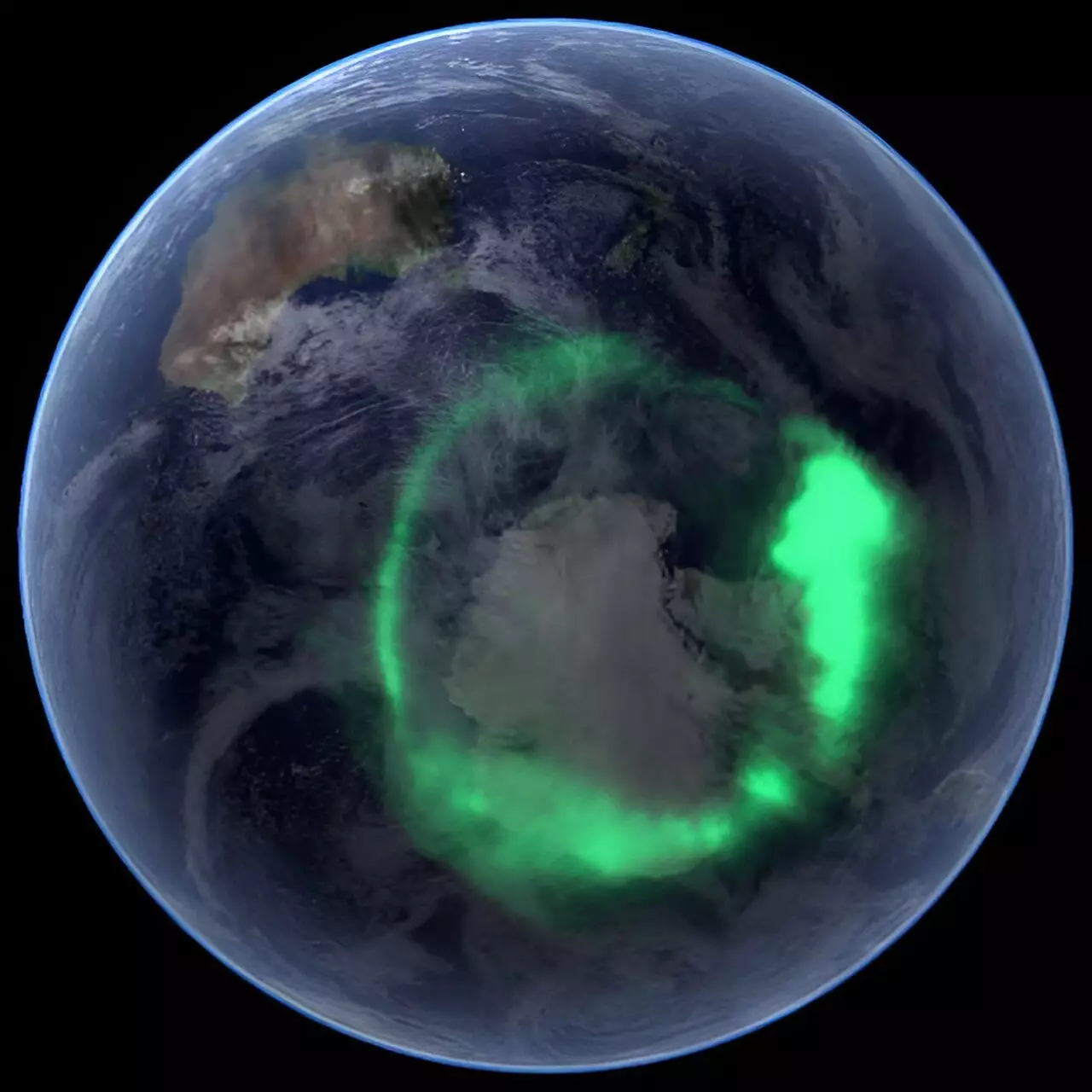Iron atoms in the Earth’s solid inner core, known for their tightly packed structures under intense pressure, have been found to have an unexpected ability: rapid movement. A recent study led by The University of Texas at Austin and collaborators in China revealed that certain groupings of iron atoms in the inner core have the capacity to swiftly change their positions while maintaining the overall metallic structure. This phenomenon, referred to as “collective motion,” is akin to dinner guests changing seats at a table. The findings, obtained through laboratory experiments and theoretical models, indicate that atomic movement in the inner core is far more significant than previously believed. Understanding these dynamics could provide insights into various puzzling properties of the inner core and its role in generating Earth’s magnetic field.
Directly sampling the Earth’s inner core is impossible due to its extreme temperature and pressure conditions. To overcome this constraint, the researchers recreated a miniaturized version of the inner core in the laboratory. They subjected a small iron plate to a high-velocity projectile, collecting temperature, pressure, and velocity data during the experiment. These parameters were then used in a machine-learning computer model to simulate the behavior of atoms in the inner core.
Traditionally, most computer models depicting the lattice dynamics of iron in the inner core consisted of only a small number of atoms, usually less than a hundred. However, by applying an artificial intelligence algorithm, the team significantly augmented the atomic environment, constructing a “supercell” containing approximately 30,000 atoms. This enlargement allowed for more accurate predictions of iron’s properties. Within this supercell, the scientists observed groups of atoms moving and interchanging positions while still preserving the overall hexagonal structure.
Seismic measurements of the inner core have long indicated surprising softness and malleability at extremely high pressures. Co-lead author Youjun Zhang, a professor at Sichuan University, explained that this newly discovered atomic movement could account for the unexpected physical properties observed. He likened the center of the Earth to soft butter in a kitchen, highlighting the increased mobility of iron atoms deep within the core. This heightened movement renders the inner core less rigid and more vulnerable to shear forces.
The research team was driven by the desire to unravel the mystery behind the observed “surprisingly soft” properties reflected in seismic data. They noted that approximately half of the geodynamo energy responsible for generating Earth’s magnetic field can be attributed to the inner core, with the outer core accounting for the remainder. Understanding the atomic-scale activity in the inner core can inform future inquiries into the generation of energy and heat, the dynamics of the outer core, and the interconnected roles these processes play in generating Earth’s magnetic field—a crucial element for a habitable planet.
Analyzing the collective motion of iron atoms in the Earth’s inner core has brought scientists one step closer to comprehending the enigmatic processes occurring deep within our planet. This breakthrough sheds light on the dynamic nature of the inner core and its significance in generating Earth’s magnetic field. Further investigations into the complex interplay between the inner and outer cores will deepen our understanding of how our planet sustains its protective magnetosphere. The newfound knowledge about iron atom movement paves the way for future research, helping scientists discover the underlying mechanisms and evolution of Earth’s inner core and the dynamic geodynamo that powers our planet.


Leave a Reply